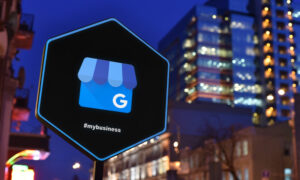Turn Prospects To Buyers.

Welcome travelers, to the digital age of automotive sales! In today’s fast-paced world, the journey from attracting potential buyers to converting them into loyal customers largely takes place online. When it comes to vehicle buying, it all boils down to a decision.
At the heart of this lies the often-overlooked optimization of landing pages.

These digital storefronts are your first impression to online visitors, making them crucial for turning clicks into conversions and ultimately driving higher automotive sales. More importantly they can be tuned and specialized to appeal to specific customers, potentially doubling the chances for a successful lead.
In this article, we’ll explore the importance of landing pages in the automotive industry. By identifying problems and providing solutions, you are giving your clients the info they need to decide, and your efforts can enhance conversion rates effectively.
The Perfect Recipe For Optimizing Landing Pages:
Add the Ingredients:
Incorporate persuasive copy that resonates with these pain points. For example, if Gas Economy/Environment is a concern, highlight hybrid models and incentivize electric vehicle (EV) usage.

Stir The Pot:
Set Up The Plate:
By understanding your customers’ pain points, agitating them, and presenting your product as the ultimate solution, you can effectively guide prospects through the buying process.


